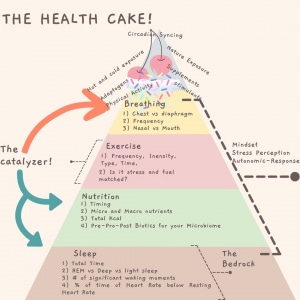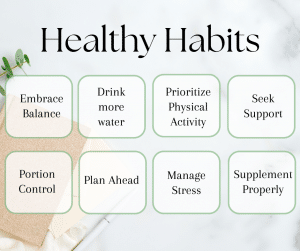Home Gym Equipment- The Essentials
Designing the perfect home gym is a dream for many, but what makes a home gym truly ideal, and what workout gear should you consider? A mix of small equipment and larger items can transform your home space into a versatile training area, allowing you to target multiple muscle groups effectively. Home gym equipment can be confusing with which items are high quality.
When planning your home gym, keep your budget, versatility, and training preferences in mind. Let’s start with essential small equipment and then move on to larger, more costly items that can be worth the investment if you prefer to avoid commercial gyms.
Small “home gym” Equipment
Elastic Bands: These are lightweight and easy to carry, making them perfect for traveling and storage. They are also intuitive to use for muscle targeting when properly anchored.
- Superbands (with anchors and handles): Great for pulling, pushing, and assisting in body weight exercises.
- Loop Bands: Ideal for working on accessory muscles like the serratus anterior, glute medius, and minimus. They can also be combined with weights for stabilizing movements such as the shoulder press.
However, bands have a resistance profile that may not always align with your training goals. They become harder to use as they stretch, which can limit their effectiveness for certain exercises.
High End Pilates Ring or Normal Pilates Ring: Useful for core exercises involving the inner thighs and abdominals. It’s especially beneficial post-pregnancy for regaining core strength and addressing diastasis recti.
Suspension Trainer: This strap-like equipment allows you to use your body weight for push and pull exercises by adjusting angles. It’s versatile for both indoor and outdoor training. Consider investing in the original TRX trainer for a premium option.
Muscle Tension Release Tools
To help release muscle tension, consider these tools:
- Massage Balls: Use a wall as a counterforce to release muscle knots.
- Soft Foam Roller: Suitable for larger muscle groups and thoracic extension.
- Hard Foam Roller: Ideal for athletic muscle tension or myofascial tension, recommended for advanced exercisers.
- Massage Canes: Focus on self-releasing tension in the neck, shoulders, and spine.
For budget-conscious options, these tools are effective. However, there are also advanced, tech-oriented products:
- Compression Boots: Aid in lymphatic drainage and leg circulation.
- Vibrating Foam Roller: Enhances muscle and myofascial release (not for beginners).
- Theragun: Targets specific muscle knots.
While not essential, these advanced tools can be beneficial. However, proper use of basic equipment can be just as effective.
Home Gym Equipment
For a more comprehensive setup, consider these larger items for a 10-15 sqm space:
Adjustable Dumbbells: These save space and allow easy weight switching. PowerBlocks are a recommended brand, available in heavy (elite up to 42kg in 4kg intervals), light (sport edition up to 11kgs with small intervals ), and elite (step 1 22kg with 1-2.4kg intervals). The Elite are expandable sets where the non expandable sets are called pros for more information read their website.
Bench: Essential for chest exercises, stretching, leg exercises, and abs. Choose a light bench for easy storage and sturdiness or a heavier, more durable commercial bench.
Dumbbell Foot Attachment: Great for people needing to strengthen their ankle, vertical jump or to simply balance their strong calves!
Nordic Hamstring Curl Strap: Amazing for Hamstring Strengthening wherever you are. Made for people needing stronger hamstrings for better posterior chain strength. Great for people progressing towards stronger knees!
Wedges: Useful for squatting, even with dumbbells. Adjustable wedges help find the perfect height for optimal squatting, depending on your mobility.
Stretch Board: Used for people with tight calves, or with certain lower extremety dysfunctions! Great to have as a heel elevation as well for narrow squats!
Starting with this essential list will set you on the right path for effective training and strength development. Stay tuned for updates, and feel free to contact me for personalized help in designing your home gym!







